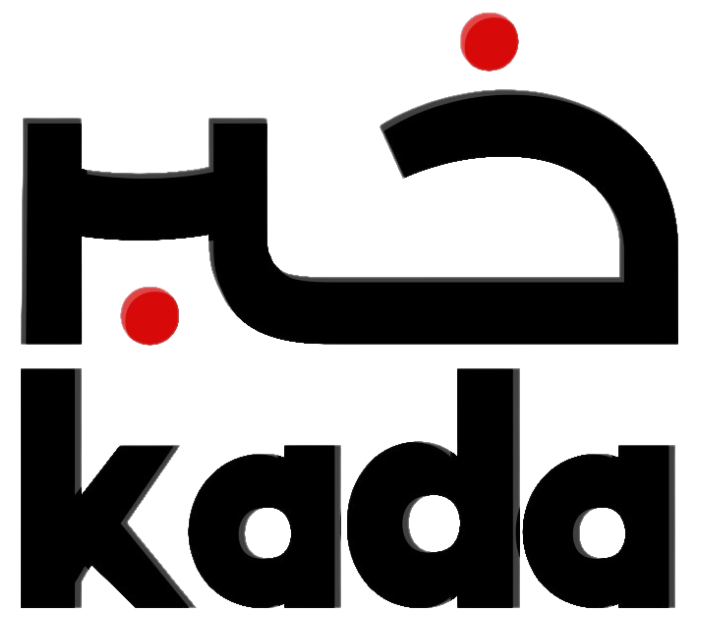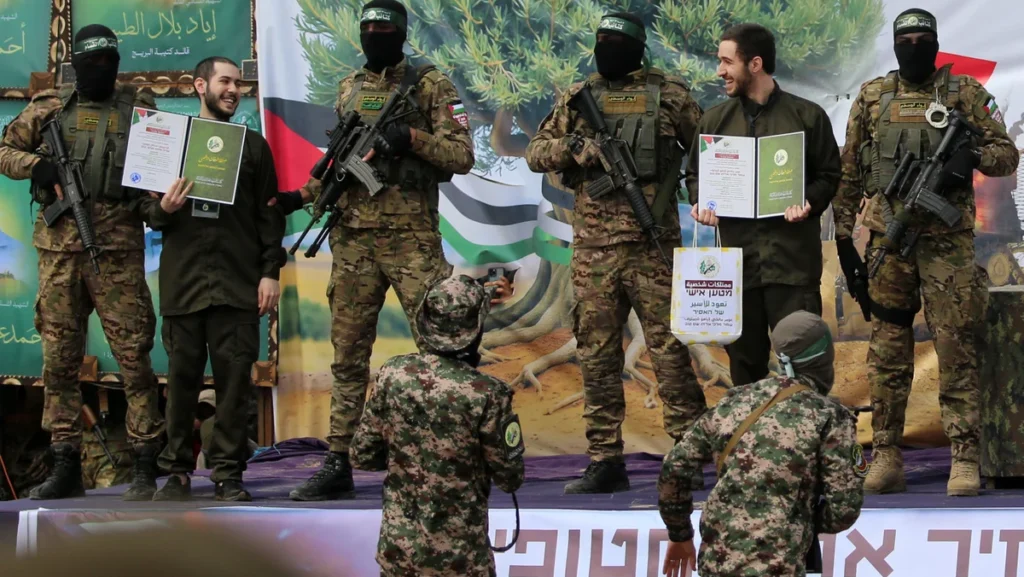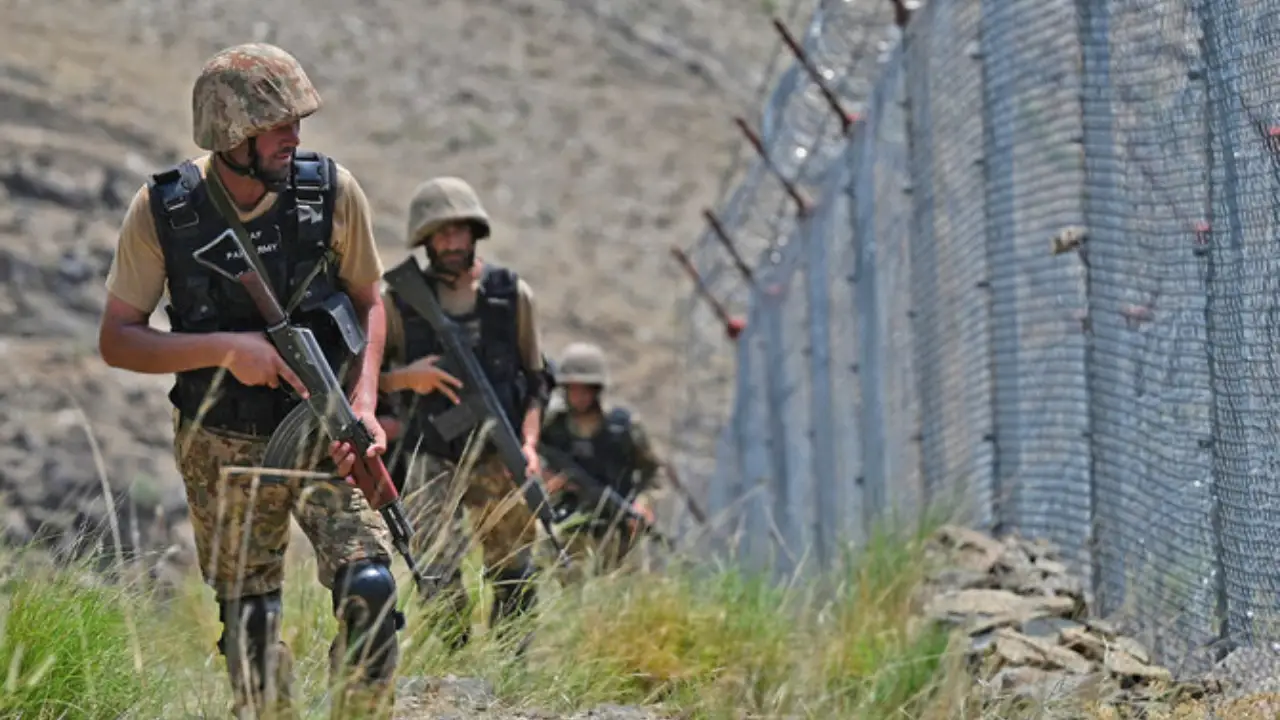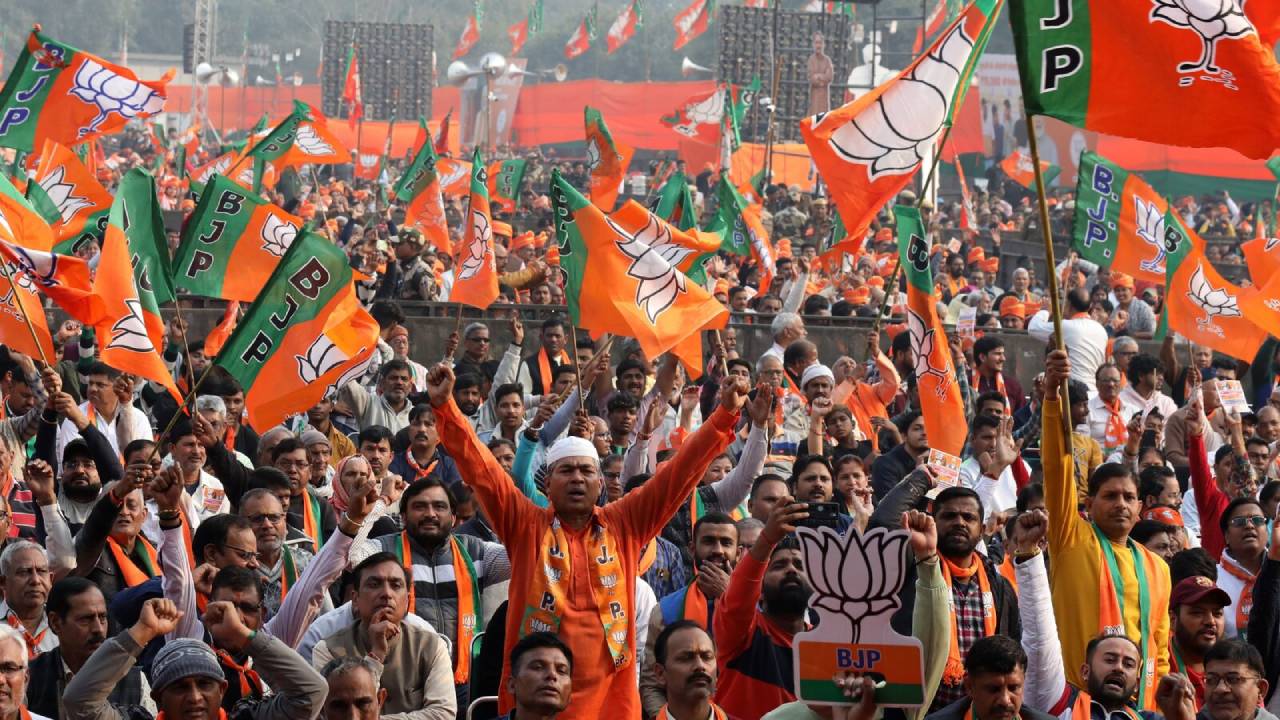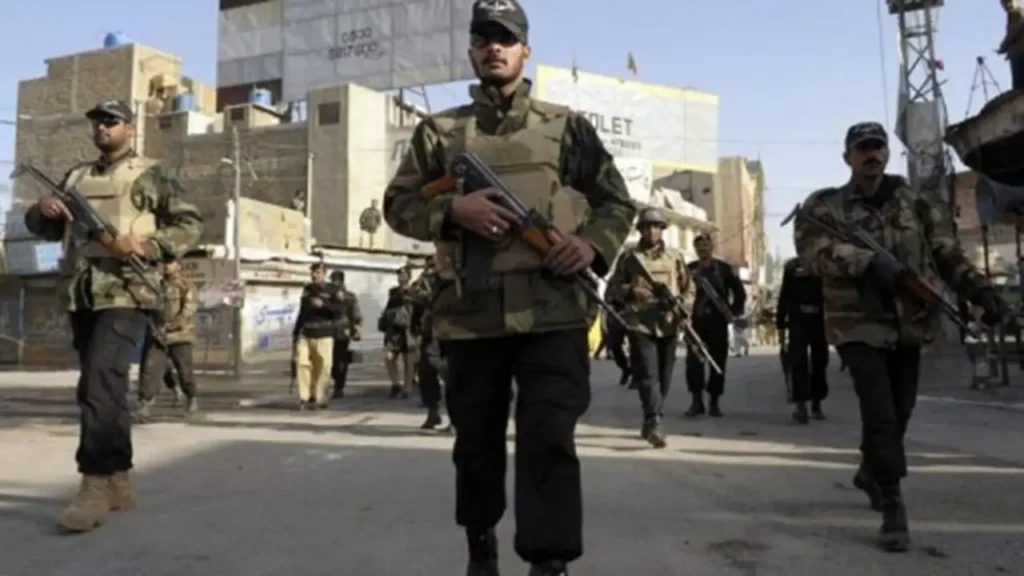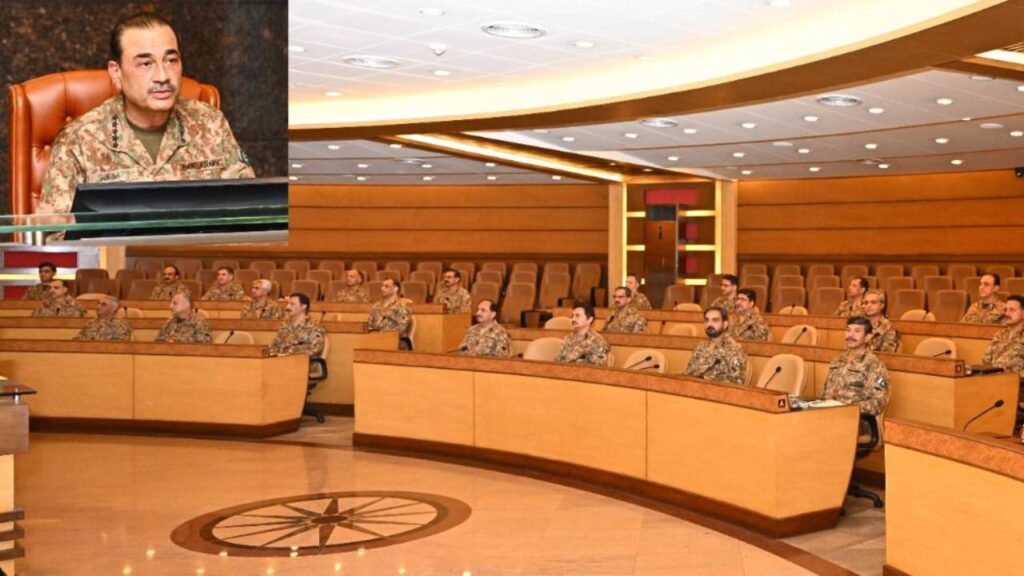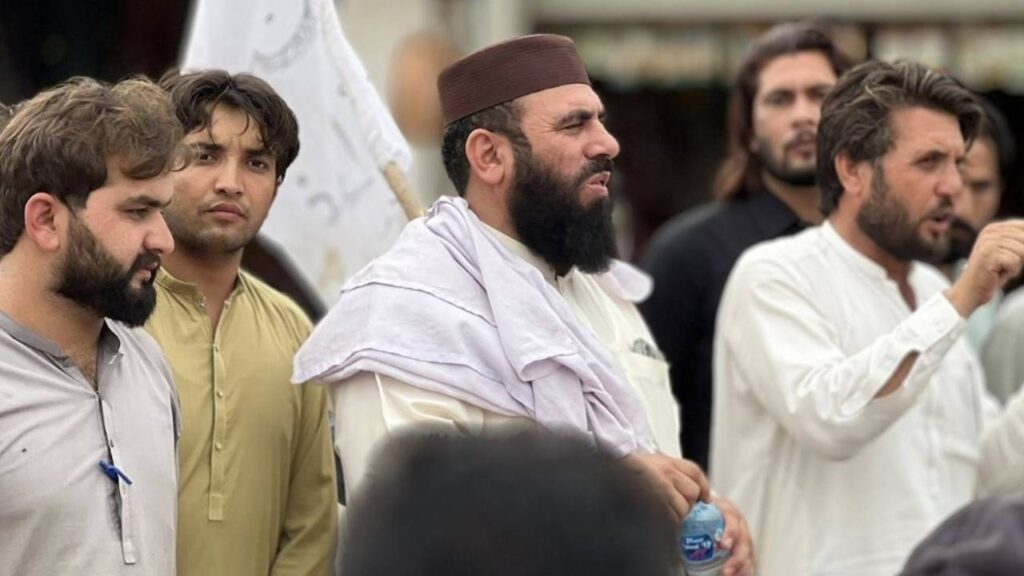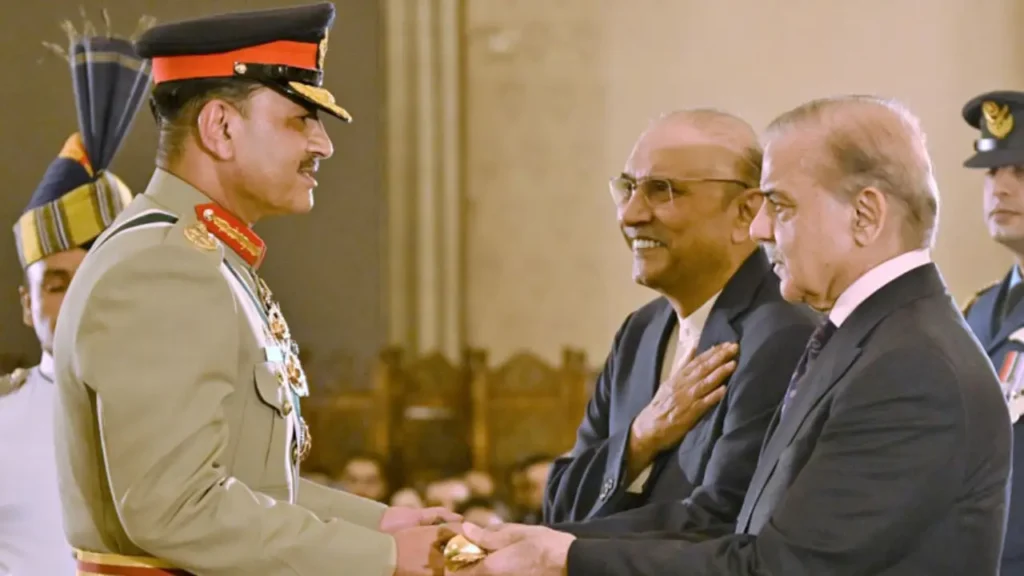Elon Musk frequently uses the phrase ‘you are the media’ to highlight the importance of social media which is now undoubtedly the largest source of information for millions of people across the world.
Given its advantages and disadvantages, one aspect which provides an edge to social media over the other media is transcending geographical boundaries and offering relatively less censorship. It somehow provides a platform to those who might otherwise be marginalized or excluded from mainstream media.
Before the advent of social media, narrative shaping and public relations were largely associated with states, governments, and businesses groups. In the last century, Franklin D. Roosevelt, the longest-serving US President, engaged with people through extensive PR. The Third Reich’s Ministry of Propaganda was another highlight of World War II. With the advent of social media, the monopoly of states and governments over shaping narratives and public opinion has significantly diminished. In this digital age, resistance movements, non-state actors, and terrorist organizations designated by the US and Western countries are now actively engaged in the information war.
Following the surprise attack by Hamas on October 7, 2023, a war of information was ignited between parties to the conflict. Israel propagated allegations of 40 beheaded babies and sexual assaults across various platforms, using them as a pretext for its genocidal campaign in Gaza. Meanwhile, Palestine linked accounts and pro-Hamas accounts debunked the disinformation spread by Israel on all major social media platforms.
The heat of Israel losing the information war has also been felt in the USA. Former Secretary of State Antony Blinken attributed Israel’s loss of control over public opinion to the addition of social media to an information environment, which has enabled pro-Palestinian narratives to dominate the discourse. Blinken noted that on social media, images often hold more sway than historical context, facts, and narratives. Hamas’ media strategy to counter Israeli Hasbara demonstrates how comparatively less resourceful actors can effectively shape and control narratives, sometimes more effectively than government entities. Hamas has deployed many media strategies to establish it as a legitimate resistance movement which is sophisticated and organized rather than a group of bandits and terrorists.
During Israel’s military campaign in Gaza, the Al-Qassam media wing regularly posted videos on Telegram channels showing Al-Qassam members targeting the IDF with Yassin-105 RPGs, sniper shots, and explosive devices. Well-choreographed hostage release ceremonies and symbolism attracted attention, with media experts dissecting each part to understand the messages conveyed. The first phase of ceasefire between Israel and Hamas began with the Hamas releasing three female hostages with goodie bags and Al-Qassam certificate which was widely discussed by both pro-Hamas accounts and anti-Hamas accounts on social media. Hostage release ceremonies were live telecasted on Israeli and Western media; Hamas conducted these ceremonies to showcase that its military wing is still in control of the Gaza strip.
Hamas released female hostages first, as per the agreement. The first batch of Israeli hostages was released in civilian clothes, while the other five female soldier prisoners wore dresses mimicking Israel Defence Forces uniforms. By dressing the hostages in combatant attire, Hamas aimed to legitimize its capture of soldiers from Israeli military bases. Additionally, large banners with messages for Israeli political and military leaders were displayed on stage during each ceremony.
Notably, Al-Qassam displayed a banner reading ‘We are the day after’ during one ceremony, likely for political posturing amid discussions about the future. Another notable aspect was the hostages’ apparent good health, contradicting Israel’s claims of starvation. An image of an Israeli hostage kissing the forehead of an Al-Qassam member was widely shared on social media platforms, accompanied by captions praising Al-Qassam’s professionalism in caring for hostages. Many recognize that Hamas’ unconventional strategies enable it to maintain political and military relevance, despite international calls for its isolation and dismantling.
Another big development happened in Syria when members of Hayat Tahir-al Sham toppled the half-century long Assad family rule. During its 12-day offensive, HTS utilized digital media to help others understand the situation on the ground. Ahmed al-Sharaa, HTS leader and former Al-Qaeda member, drew attention amid Syria’s volatile situation. Debates revolving around his current ideological leanings ignited on social media; pro-Assad elements shared his past affiliations with the terrorist organizations, meanwhile HTS-linked and free Syrian accounts drew his moderate outlook. Mainstream media highlighted his troubled past and raised concerns about his future actions.
In contrast, social media accounts shared images and videos of him interacting with women without veils or head coverings, portraying his moderate stance. Additionally, his message of tolerance, peace, and nation-building was seen as a genuine effort to bring political and economic security to Syria. Al-Sharaa met with social media influencers and even appeared on a podcast. It can be sensed that he values media optics and understands the psychological impact of his words and actions on the audience.
Having said that, social media does not completely overshadow traditional media, as media groups own newspapers, TV channels, and have a considerable presence on social media apps through official accounts and YouTube channels. Social media provides an alternative for those who receive biased coverage or are excluded from media coverage. The case study of the above-mentioned organizations provides insight into the mindset of their media strategists, who leverage social media to both humanize themselves and legitimize their organizations. The inclusion of social media in the information realm provides an asymmetric advantage to these organizations.
However, these organizations still face challenges in translating this leverage into meaningful changes in political discourse. Both organizations have garnered thousands of sympathizers worldwide through their effective use of social media. However, to emerge as legitimate representatives of their people and reach a broader audience, they require impartial treatment from traditional media.
